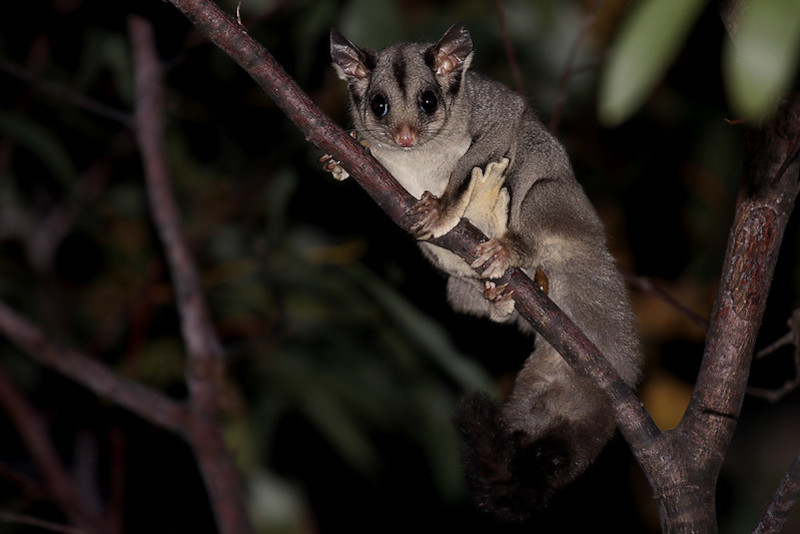
Quokka Facts
- The short term of Quokka serves as the english language name for a clearly unique animal. This represents a derivation of the name given it by the aboriginal population of its native range. Though uncertain, it’s believed the original term was gwaga.
- For the moment, it holds no other accepted common name. The first known sighting of this species by someone other than those native to the region occurred in 1658. At that time, a Dutch mariner named Samuel Volckertzoon reported a sighting.
- The IUCN presently lists the creature as Vulnerable. That status appears on the organization’s published Red List of Threatened Species. The amazing animal also represented one of the first known mammals to be seen by Europeans.
- Unfortunately, however, only a few scattered concentrations seem to now exist within its natural range. It also remains undetermined if this animal ever possessed a more extensive area of habitation. Presently, scientific research into this remains ongoing.
- This fantastic marsupial also holds an extremely docile and outgoing demeanor. Unlike most wild animals, individuals of this species in the wild openly approach humans when encountered. Sadly, this sometimes works against the remarkable Quokka.
Related Articles




Quokka Physical Description
Perhaps most notably, the incredible Quokka attains only a moderate physical size. That’s because the animal reaches a size roughly equal to that of many species of domestic feline. In fact, its body typically measures about 21 in (54 cm) in head and body length.
The species, like many others, displays the physiological trait of sexual dimorphism. In its case, this characteristic manifests in terms of sheer size. More specifically, females typically attain both shorter head and body lengths, as well as remaining slightly lighter in weight.
Intriguingly, the tail of this species grows comparatively short for a macropod. That’s due to the fact that it only averages about 12 in (30 cm) long. Exceptional individuals of either gender weigh up to 11 lb (5 kg), though most average perhaps half of that.
The overall build of the Quokka further usually develops as relatively stocky in shape. The head also generally develops relatively broad. Added to this is the fact that the ears appear rounded in shape. Its fur also grows course and generally dark brown to light brown.
- Kingdom: Animalia
- Phylum: Chordata
- Class: Mammalia
- Order: Diprotodontia
- Family: Macropodidae
- Genus: Setonix
- Species: S. brachyurus

Quokka Distribution, Habitat, and Ecology
Sadly for those who love Nature, the Quokka currently only inhabits an extremely limited range of the world. That particular region, however, likely comes as no surprise to those who learn of it. That’s due to the fact that it inhabits an area well known for its wonders.
That’s because the amazing, as well as visually appealing, animal lives on the continent of Australia. Even there, though, its range is limited. Only a few populations of the animal still exist. These remain primarily confined to several small islands situated off the western coast.
Yet, a few small, isolated populations of the mammal do occur in other locations. Only one colony is known to exist on the mainland of the continent, though. This small population of the marvelous species dwells within the confines of Two Peoples Bay Nature Reserve.
Though capable of climbing trees, the animal prefers to inhabit areas of dense ground cover. This it uses for protection from predators. This animal is primarily nocturnal by nature. It evolved as herbivorous in nature and feeds predominantly on endemic flower species.
The Quokka also faces other threats besides its limited range. In fact, combined with the highly limited territorial range, the primary threat to its existence comes from introduced predator species. These non-native threats it now faces mainly include cats, dogs, and foxes.
Species Sharing Its Range



Check out our other articles on Mountain Pygmy Possum Northern Hairy-Nosed Wombat, Lauterbrunnen Valley, Eastern Tent Caterpillar, Naked Man Orchid, Mitchell’s Satyr Butterfly









Leave a Reply